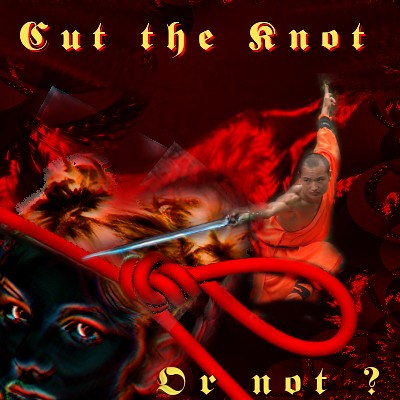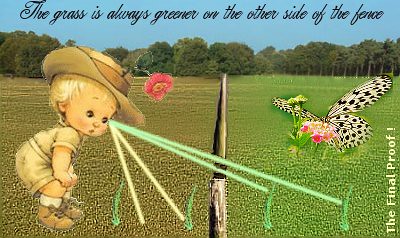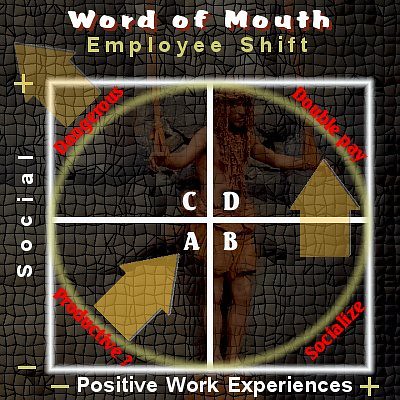Sometimes it's hard to take decisions.
However, problems in life can be looked upon as
knots.

Just like real problems in life
Now what can we learn from knots to solve problems in real life?
Stage 1 AnalyzeFirst of all, before undoing (= solving) a
knot (= problem), try to analyze it before just starting to pull (= attack) on the
knot.
Pulling without analyzing might work, but often makes things worse. So always analyze first.
Stage 2 Work out action planMake an action plan and work this out.
Often you can
undo knots in more than one way.
In general there are five different forms of (sequential) action plans
Action Plan 1 : Analytical ApproachThink on how the rope got into a
knot anyway.
Undo the
knot in small steps (don't force) by slightly loosen up the
knot (rope) and '
working backwards".
Decide on which end of the rope to start. Sub-analyze after each step and go on
Action Plan 2 : Trial and ErrorWithout a direct plan, by trial and error, but still with firmness, strength, gentleness and infinite perseverance, loosen up the
knot and try to to
shake the knot repeatedly.
Action Plan 3 : Make things worseWhen analytic approach and trail and error fail, and nothing helps, just take the risk of making things worse. Pull both ends of the rope at the same time in order to find out if the
knot undoes itself!
Just like with knots in ropes, our problems often disappear by (the risk of) making them larger.
Even
knots that you can
undo in this way, may seem
stuck at first. Simply
loosen up the knot a bit. This diminishes the
resistance of the rope. After that just
pull.
Action Plan 4: WaitDo nothing and wait a limited amount of time to see if the circumstances change or you might get other ideas or help.
Often when there's no tension on the
knot, it loosens up itself so you can undo it.
Action Plan 5: Cut the knotWhen every action plan until now has failed use the method
Alexander the Great used by slicing the
Gordian Knot with his sword.
So in these cases simply
Cut the Knot.
This means that when patience and perseverance have failed, end the problem in a rigorous way.
When all the above methods have failed and you still got this problem, the only way to fight it is to recognize the problem is within yourself.
The famous philosopher
Wittgenstein suggested that some problems are in fact
knots in our head, often created by asking ourselves the wrong sorts of questions.
Now in the end it all comes down to you. You must decide to
Cut the knot or notWetter it is the
knot outside or in your head (or both), don't let it drive you nuts.







